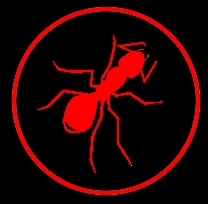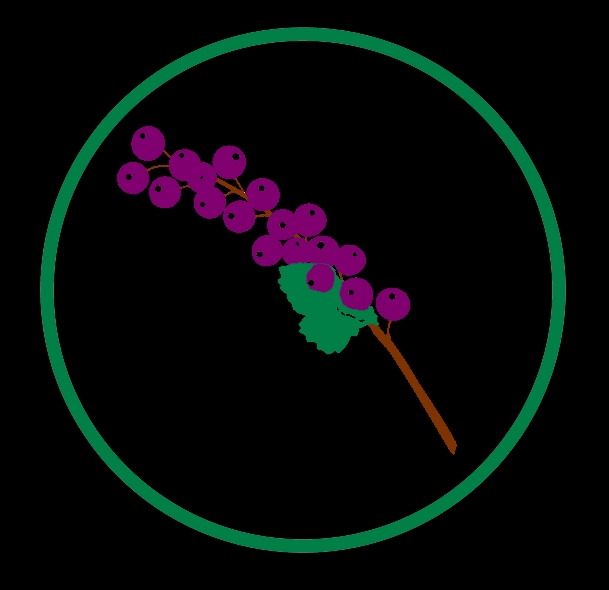Big eared opposum
Didelphis aurita
Where is it found?
Coastal forests
Diet and foraging method
Key adaptations
Long prehensile tail for balance and assistance while climbing through the tree canopy.
Long forelimbs and claws assist with climbing.
Long forelimbs and claws assist with climbing.
Social organisation and mating system
Solitary
Promiscuous
Did you know that...?
Opposums often play dead to avoid getting eaten. When a predator threatens them, or if they notice a predator nearby, they lie on their side or back with their tongue out and pretend to be dead. This is where the saying "playing possum" comes from.
Taxonomy
Picture credits:
Maps from: http://species.mol.org/species/
"Didelphis aurita photo-Christian Roger Dockhorn" by Christian Roger Dockhorn - Own work. Licensed under Public Domain via Wikimedia Commons - https://commons.wikimedia.org/wiki/File:Didelphis_aurita_photo-Christian_Roger_Dockhorn.JPG#/media/File:Didelphis_aurita_photo-Christian_Roger_Dockhorn.JPG
"GAMBÁ DE ORELHA PRETA" by Sinara Conessa - Own work. Licensed under CC BY-SA 3.0 via Wikimedia Commons - https://commons.wikimedia.org/wiki/File:GAMB%C3%81_DE_ORELHA_PRETA.jpg#/media/File:GAMB%C3%81_DE_ORELHA_PRETA.jpg
"Didelphis aurita photo-Christian Roger Dockhorn" by Christian Roger Dockhorn - Own work. Licensed under Public Domain via Wikimedia Commons - https://commons.wikimedia.org/wiki/File:Didelphis_aurita_photo-Christian_Roger_Dockhorn.JPG#/media/File:Didelphis_aurita_photo-Christian_Roger_Dockhorn.JPG
"GAMBÁ DE ORELHA PRETA" by Sinara Conessa - Own work. Licensed under CC BY-SA 3.0 via Wikimedia Commons - https://commons.wikimedia.org/wiki/File:GAMB%C3%81_DE_ORELHA_PRETA.jpg#/media/File:GAMB%C3%81_DE_ORELHA_PRETA.jpg








